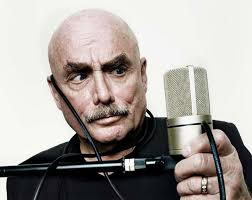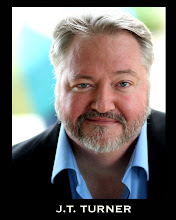 We are chatting about the voice of the actor, and the arena of voice over work. We have talked about vocal care, now let us look at some of the tools an actor uses
We are chatting about the voice of the actor, and the arena of voice over work. We have talked about vocal care, now let us look at some of the tools an actor usesLet me emphasize that the call for most voice work these days is for a natural sound. The call for a bold, deep, announcer type sound is limited, we like to have a more conversational sound from voice actors. And sounding like the guy who announces Monster Truck Rally's is a very, very limited market.

As a general rule of thumb, a voice has four different components that make each voice distinct. They are also factors that we can adjust to a certain degree in order to vary the sound of our voice. Let's look at the four components.
VOLUME- Of all the components, volume is the easiest to understand, and the easiest to adjust, or at least it should be. Speaking louder or softer is an easy command to respond to. Keep in mind though, that technology can do a lot of adjusting, so don't start shouting into the mic unless the client tells you to.
TEMPO- This is the speed of your speech. Sometimes, especially with commercials, you need to deliver words at a faster tempo, getting more words in per minute. But it can also be used by an actor to adjust the delivery of a piece. Delivering all the words at a plodding pace will get boring fast, so we use tempo to add variety and color to the piece we are recording.
PITCH- Pitch is where in your voice register you speak. Think of it as the musical level of your voice. A vocal scale runs do-re-me-fa-so-la-te-do. Your voice, without prompting, should find your natural pitch on the first "do". This is your base pitch. You can also find it by humming the first note of "Happy Birthday". From that base, you can delivery words higher or lower depeanding on your intention. The range of your speaking voice is sometimes called your 'dynamic' range. Usually your delivery will hover around your base voice, and will go higher or lower when you want to emphasize a word or section.
TONE- "Watch your tone young man!" The tone of your voice expresses what emotion you are feeling or trying to deliver. When we insult or sneer at someone, they may say they don't like our "tone". A voice actor can then use a tone to give an emotion to the words that are being said. Most of the work for voice actors these days is narration, and we adjust the tone based on what the underlying emotion of a passage is. Angry, enthusiastic, happy, sad all these and more feelings are conveyed via tone.
Next blog looks at ways to emphasize words. Thanks for reading!
J.T. Turner
The Actors Sensei






No comments:
Post a Comment